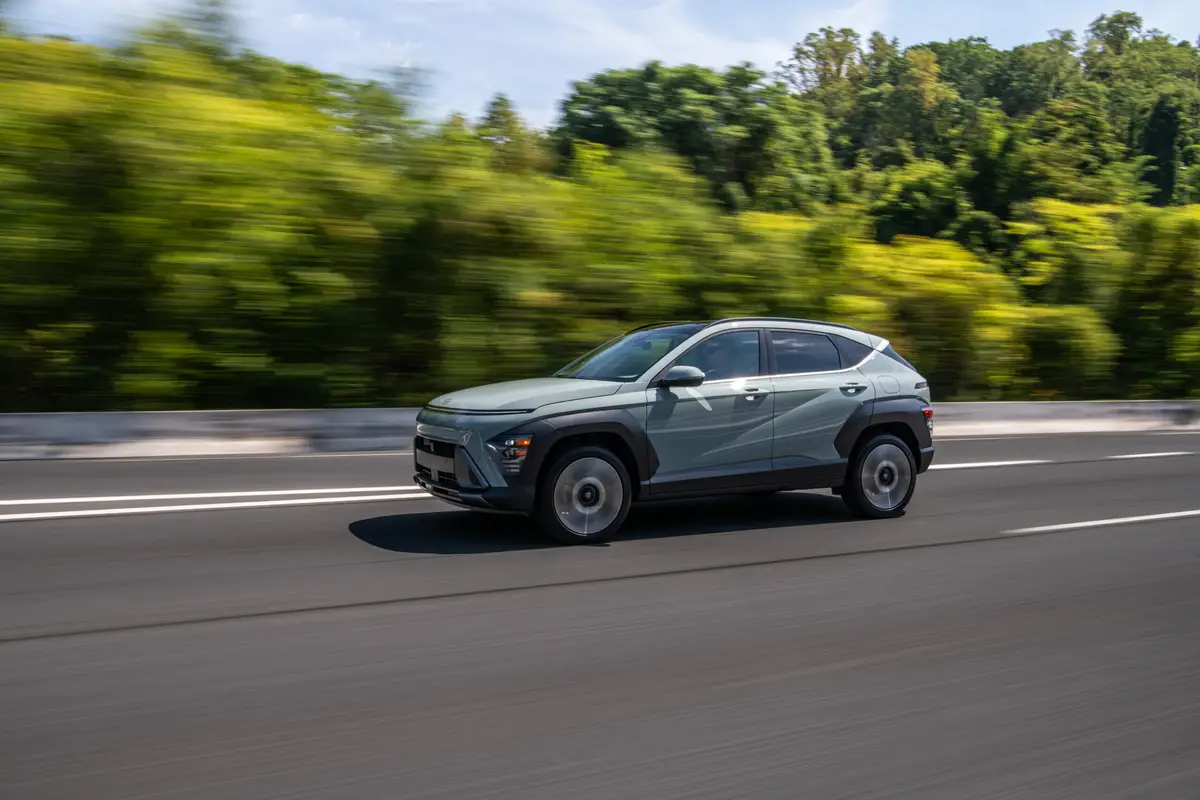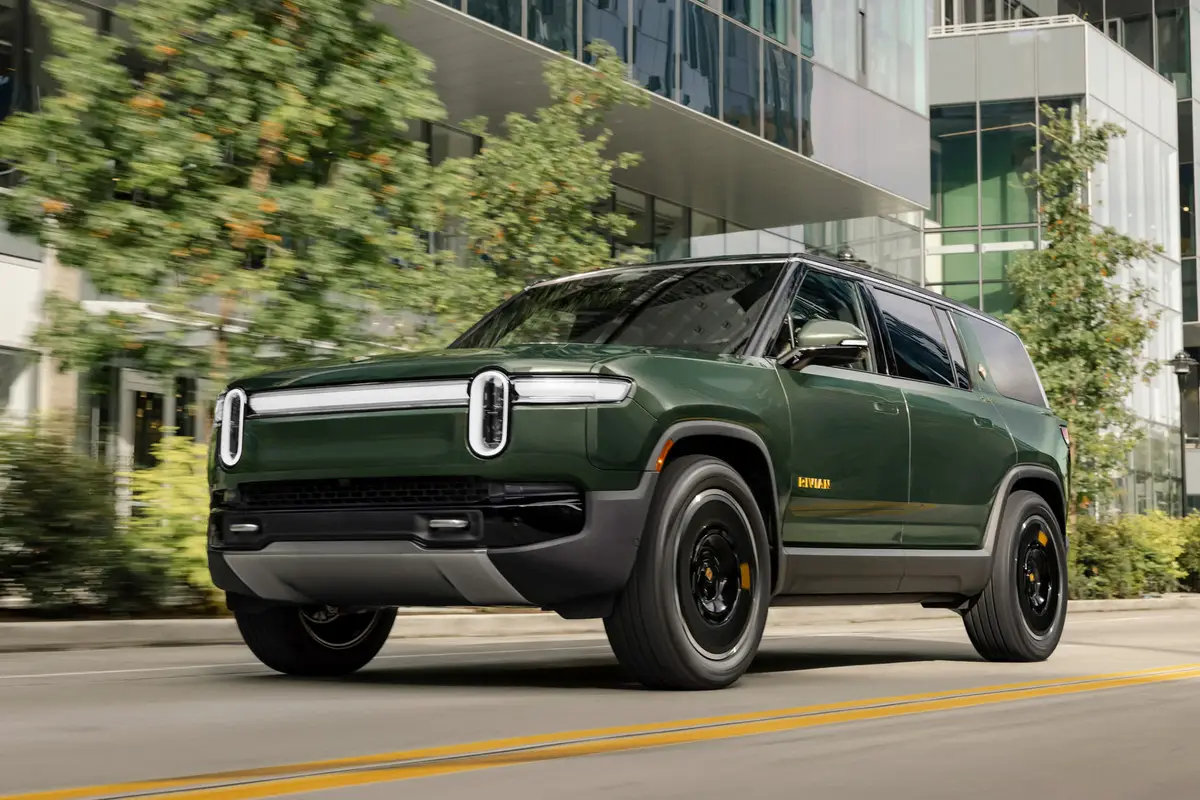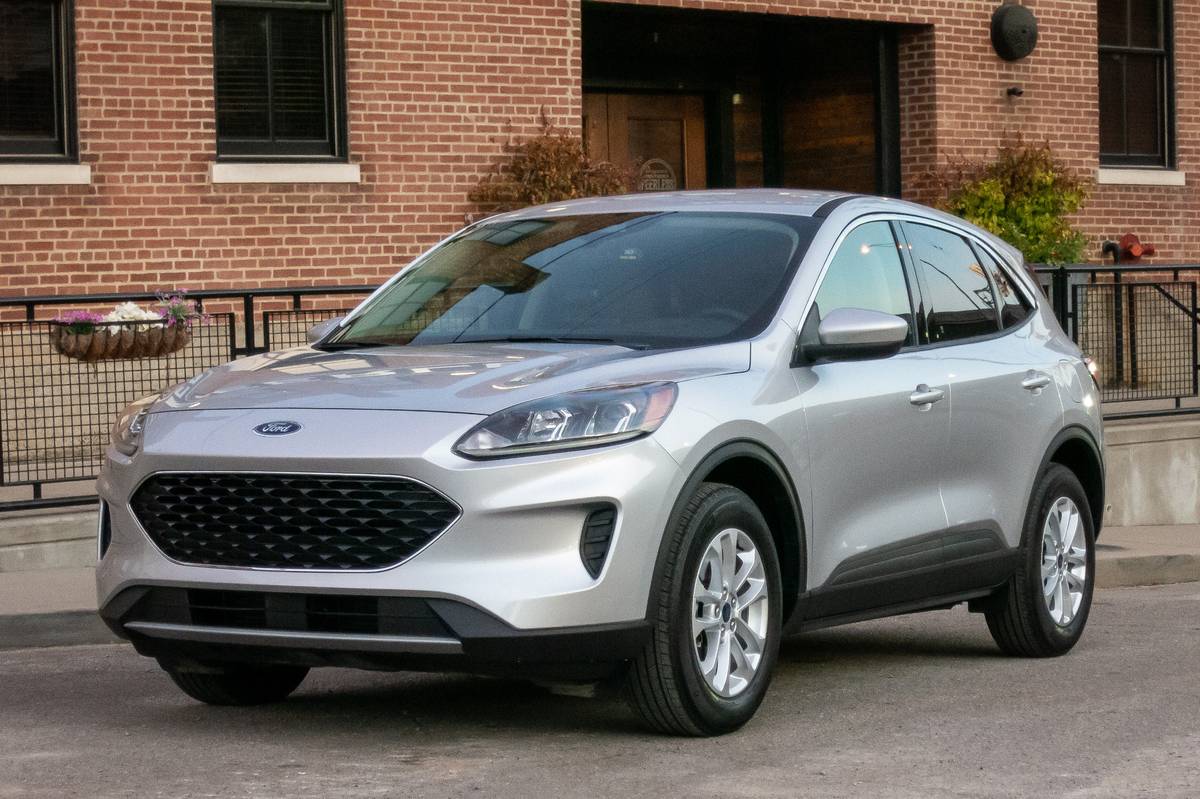KansasCity.com's view
Driving today’s Ford Explorer first is the best way to see how much Ford has improved the 2002, which is new from the ground up.
When Ford invited automotive writers to spend some time behind the wheel of the all-new 2002 Explorer and Mountaineer, we began the drive by putting some miles on the old model before switching to the new one, which goes on sale in the first quarter of next year.
The differences were substantial. The 2002 is quieter, smoother and more refined. The ride, thanks to a new independent rear suspension, is much less harsh and the optional V8 engine gives it more power for towing or hauling. Gaps between body panels are as small as those of a luxury car, an unusual accomplishment for a vehicle that is essentially a truck. The new design is simple and clean, yet it has recognizable roots.
The Mountaineer has a distinct exterior and standard equipment that gives it a unique identity. It is tailored more toward female drivers and urban environments, whereas the Explorer maintains its off-road capabilities.
Two SOHC engines are available, a 4.0-liter V6 and the optional 4.6-liter V8. Prices start at $24,620 for the XLS, $28,380 for the XLT and $32,690 for the Eddie Bauer and Limited series. The volume model, an XLT with four-wheel drive and a AM/FM/CD stereo, starts at $30,475.
Underpinning both vehicles is a brand new frame that no longer shares its design with the Ranger pickup. The wheelbase is two inches longer, the stance is 2.5 inches wider. An independent rear suspension not only enhances ride and handling, but it enables the cargo floor to be seven inches lower. That, in turn, gives room for an optional third-row seat that folds into the floor and gives seating for seven.
On the highway, the new Explorer has much-improved road manners. The independent rear suspension not only smoothes the ride but gives better handling. It curves into turns securely and doesn’t have the choppy ride of the old model that had a solid rear axle. To accommodate the new rear suspension, which is geometrically similar to that of the Lincoln LS, Ford engineers came up with a design where the rear axles pass through portholes in the frame. This allows the load floor to remain low without hindering off-road ground clearance.
Safety is one area that has received considerable attention. Side-impact curtain airbags inflate to provide head protection and cover the side windows. Later in the year, modifications will enable the side curtain airbags to be triggered in the event of a rollover. Advance Trac, a vehicle stability system, will also be offered later in the year. Advance Trac works by combining traction control and one-wheel braking to help keep the vehicle under control during emergency swerves. To lessen impact damage to smaller cars, the lower edge of the Explorer’s front bumper is the same height as that of a passenger car.
Despite the longer wheelbase, overall vehicle length is roughly the same as t he 2001. Vehicle width is greater, and that creates a bigger interior. Cargo volume is considerably greater.
The redesigned instrument panel has fewer seams, for a smoother look, and secondary switches are grouped alongside the stereo and climate controls. The audio system has large buttons, plus some models have auxiliary controls on the steering wheel for the stereo and climate control. Door handles, both inside and out, are large and easy to grip. The door pockets are flared out to hold a large water bottle.
The seats seemed to have less lateral support than those in the old model. The center console has large cupholders and a big storage bin.
The top-hinged liftgate has a rear glass whose bottom opening is the same height as a grocery cart.
Most of my driving was behind the wheel of a 4.0-liter V6. This engine has adequate power for most conditions, and the five-speed automatic transmission shifts quite smoothly. The only time this engine felt the least bit t ntative was during passing situations on mountainous roads.
For those who want more power, smoothness and towing capacity, the V8 is a better choice. On a muddy, snowy off-road section in the mountains of northern Arizona, a V8 with the ControlTrac four-wheel-drive system slogged through the muck without putting a wheel awry. This test section was not severe but it was probably rougher than what most owners will do with their vehicles.
Mercury Mountaineer For 2002, the Mountaineer’s styling is used to separate it from the Explorer. The front is dominated by a large, waterfall grille and headlights that curve up into the top of the fenders. The lower body cladding has a softer look. Prices start at $29,230 for the two-wheel drive V6 and $34,920 for an all-wheel-drive V8.
The Mountaineer is targeted at a different audience than the Explorer. The third seat is standard, for example, and the four-wheel-drive system does not have a low gear for off-road use. The suspension is tuned to provide a smoother, softer ride, and it succeeds.
Inside, the theme is Euro-inspired high-tech. Polished aluminum accents are used instead of wood trim, and the instruments have light-colored faces. The steering wheel has aluminum spokes.
Based on a few hours of driving, the Mountaineer and Explorer appear to be significant improvements over the old models. Once regular production models are available we will do a full test drive.
Price
Starting prices for the Explorer range from $24,620 to $32,690.
Warranty
Three years or 36,000 miles.
To get in touch with Tom Strongman call (816) 234-4349 or e-mail: strongmn@kcstar.com.
There is no At A Glance box since this is not a test drive of a regular production vehicle.
SPECIFICATIONS:
Engine: 4.0-liter V6
4.6-liter V8
Transmission: automatic
Two-wheel or four-wheel drive
Wheelbase: 113.7 inches
Price range: $24,620 to $32,690
Mpg rating: 15 city, 20 hwy. V6
14 city, 19 hwy. V8
Latest news



